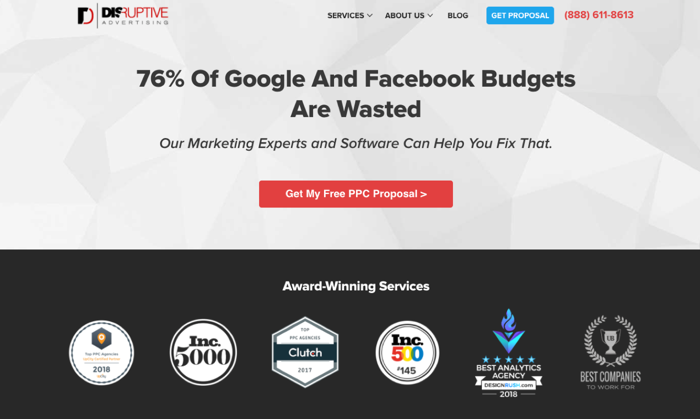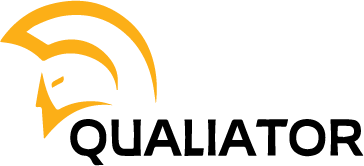How often should you publish posts on social networks?
Do you probably wonder how often you should publish content on your social channels?
Only post to social media if you have quality content to share, as a rule of thumb. So there should be a reason for publishing content. Follow the rule of thumb, and you can’t go wrong with content publishing frequency.
If you post too little, your followers will quickly forget you. But if you post too frequently, your followers could soon find it annoying. Both scenarios can result in follower churn and a drop in engagement.
To avoid this, you can consult numerous studies and resources on the typical posting frequencies of social media posts, classified by industry and platform.
Every company is different. You have to find out for yourself what resonates with your target group. After that, you can experiment with more or fewer posts and other factors, such as the time of day to publish the social media post. This will help you determine how to maximize engagement.
Key figures in social media marketing
Social media metrics are data that provide insight into how your content is performing and impacting your audience and customers across different platforms. These metrics can include data about engagement intensity, likes, follows, shares, and other interactions on each platform.
In particular, you should track the following ten key metrics:
Interaction: This includes user activities such as clicks, comments, likes, and replies to your social media posts. There are also platform-specific interaction types such as saved posts on Instagram and pinned posts on Pinterest.
Reach: Reach describes the number of people who saw content on your page or profile.
Followers: This is the number of people who clicked the “Follow” button on your profile. They regularly check out your content in their feeds.
Impressions: Impressions are the number of times a post has been viewed on your profile or page, regardless of whether the position is clicked. This is often the case when a follower scrolls through their newsfeed without clicking anything.
Video Views: This is the number of views on YouTube, Facebook, Snapchat, Instagram, or any other social media channel with video capabilities.
Profile Views: The number of people who opened your social media page is the profile views.
Mentions: This is the number of times your audience members mention your profile in their posts.
Tags: It’s a tag when your audience pastes your business profile name or hashtag into another post.
Reposts: When a member of your audience publishes part of your content (like a post) on their profile, that’s a repost.
Shares: Shares are posts from your profile that your followers and audience share with others in their network.
Use the same tactics for lead generation and conversion rate improvement to impact all of the above metrics, grow your social media followers, and increase engagement on your profile.
You can also engage with your followers more often by talking to them, tagging them in content, replying to their questions, and liking their posts. Likewise, encourage your “fans” to use your hashtags and share your content.

what is Disruptive Advertising ?
In Utah, Disruptive Advertising divides its services into PPC management, website testing, analytics consulting, and software. The company focuses primarily on PPC, Facebook, and LinkedIn ads in social media marketing.
The result of their customers is their top priority. To maximize returns, they optimize their clients’ PPC campaigns every week. They continuously optimize their ads and audiences to get the highest possible return and lowest costs.
Disruptive Advertising describes itself as on a mission to change the world – one click at a time. They test and analyze every aspect of your campaign and rigorously optimize it from click to close.
While Disruptive Advertising sees Google Ads as the powerhouse of PPC advertising, they recognize the importance of Facebook for B2C marketing and LinkedIn for the B2B sector. You know that both platforms allow you to target your ads differently. However, they emphasize that the better you know your target customers, the more accurate and profitable you can make your ads.
Services
- Content Creation
- PPC Management
- Email Marketing
- Social Media Management
- Facebook and Instagram Advertising
- Website optimization
- eCommerce
- B2B

